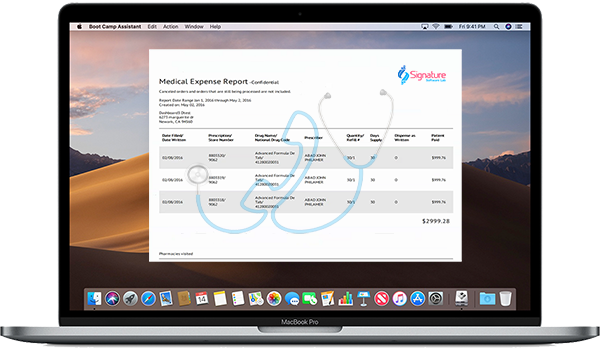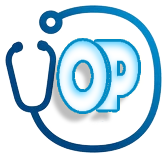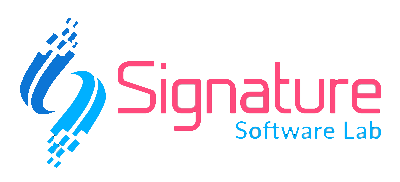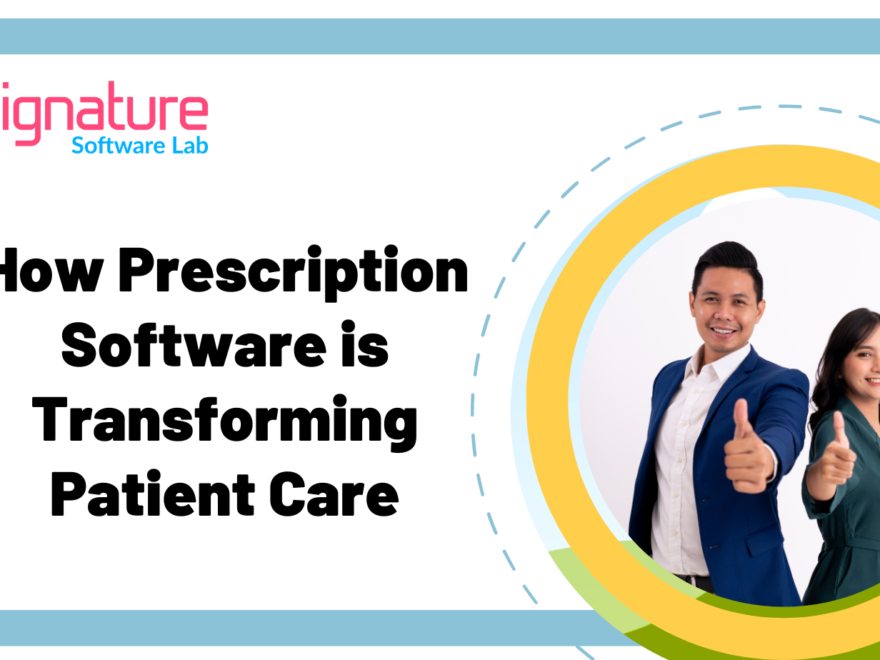The field of healthcare is constantly evolving, driven by technological advancements that aim to improve patient care. One such innovation that is breaking boundaries and revolutionizing the way healthcare providers deliver treatment is prescription software. This powerful tool is transforming patient care by enhancing accuracy, efficiency, and personalized treatment, while also facilitating communication and collaboration among healthcare professionals. In this article, we will explore the impact of prescription software on patient care and delve into its various benefits and challenges.
Table of Contents
Prescription Software
Patient care lies at the heart of the healthcare industry, to improve outcomes and ensure the well-being of individuals. Over the years, the development of prescription software has played a crucial role in achieving this objective. Prescription software refers to specialized applications and systems designed to assist healthcare providers in the prescription process, from creating and transmitting electronic prescriptions to managing medication information effectively.

Understanding Prescription Software
Prescription software serves as a digital platform that simplifies the prescription process, making it more efficient and accurate. By leveraging advanced technologies, such as electronic health records (EHRs) and pharmacy databases, prescription software enhances the overall prescribing experience for both healthcare providers and patients. Its key features include automated drug interaction checks, real-time access to patient medication histories, and electronic prescription transmission to pharmacies.
Enhancing Accuracy and Efficiency
One of the significant advantages of prescription software is its ability to streamline the prescription process, minimizing errors and improving patient safety. With traditional paper-based prescriptions, there is a higher risk of illegible handwriting or incorrect dosages, leading to potential medication errors. Prescription software eliminates these issues by providing a clear and standardized format for prescriptions. Additionally, automated drug interaction checks help healthcare providers identify potential conflicts between prescribed medications, ensuring patient safety.

Simplifying Medication Management
Prescription software goes beyond simplifying the prescription process; it also simplifies medication management for both patients and healthcare providers. Electronic prescribing systems allow healthcare professionals to directly transmit prescriptions to pharmacies, eliminating the need for patients to carry physical prescriptions. Moreover, prescription software integrates with pharmacy databases, enabling real-time access to medication availability, pricing, and substitution options, facilitating a seamless and convenient experience for patients.

Enabling Personalized Treatment
Each patient is unique, and their treatment should reflect their individual needs. Prescription software allows healthcare providers to personalize prescriptions by considering specific patient factors, such as age, gender, medical history, and allergies. By incorporating this valuable data, healthcare professionals can tailor treatment plans to suit each patient, leading to better health outcomes and improved patient satisfaction.
Enhancing Communication and Collaboration
Effective communication and collaboration among healthcare providers are vital for providing comprehensive care. Prescription software acts as a catalyst for improved communication by facilitating secure messaging and information sharing between different healthcare professionals involved in a patient’s care. This shared software system ensures that vital patient information is readily available to authorized individuals, fostering collaboration and promoting better coordination in treatment decisions.
Improving Patient Engagement
Prescription software empowers patients by providing them access to their prescription information. Patients can conveniently view their prescriptions, medication instructions, and possible side effects through patient portals or mobile applications. This transparency enhances patient engagement and encourages active participation in their treatment plans. Furthermore, prescription software enables telemedicine and remote consultations, expanding access to healthcare for individuals in remote areas or with limited mobility.
Overcoming Challenges and Concerns
While prescription software offers numerous benefits, it is essential to address the challenges and concerns associated with its implementation. Data security and privacy are of utmost importance in healthcare settings, and prescription software must adhere to strict security measures to safeguard patient information. Additionally, software limitations, such as occasional system downtime or compatibility issues, need to be addressed to ensure uninterrupted and reliable access to prescription data.
Future Trends and Possibilities
The future of prescription software holds immense potential for further advancements. Integration with wearable devices and health trackers can provide real-time data on patients’ health conditions, enabling healthcare providers to make informed treatment decisions. Artificial intelligence and predictive analytics can assist in identifying patterns and predicting medication outcomes, helping healthcare professionals prescribe more effectively and efficiently.
Conclusion
Prescription software is revolutionizing patient care by improving accuracy, efficiency, and personalized treatment. It simplifies medication management, enhances communication and collaboration among healthcare providers, and empowers patients to take an active role in their own care. While challenges exist, the continuous evolution of prescription software presents exciting possibilities for the future of healthcare. By embracing these innovations, healthcare providers can break boundaries and deliver exceptional patient care in the digital age.
Signature software lab best software development company in Kerala. We are providing medical billing software. Our latest product name is op2doctor. That name means we are developing users friendly software for doctors. If you need any medical-related software please contact our service team. customer support is available 24*7

FAQs
- How does prescription software improve patient care? Prescription software improves patient care by enhancing accuracy in prescriptions, streamlining the prescription process, and allowing personalized treatment based on patient-specific data. It also improves communication and collaboration among healthcare providers, leading to better-coordinated care.
- Is prescription software widely adopted in healthcare settings? Yes, prescription software is increasingly being adopted in healthcare settings worldwide. Its benefits in terms of accuracy, efficiency, and patient engagement have led to its widespread use by healthcare providers.
- Can prescription software help reduce medication errors? Yes, prescription software can significantly reduce medication errors by eliminating illegible handwriting, providing real-time drug interaction checks, and ensuring standardized prescription formats. These features contribute to improved patient safety.
- What are the potential risks of using prescription software? While prescription software offers numerous advantages, there are potential risks related to data security and privacy. Healthcare providers must implement robust security measures to protect patient information and ensure compliance with privacy regulations.
- Will prescription software replace traditional paper prescriptions? While the adoption of prescription software is increasing, it is unlikely to completely replace traditional paper prescriptions shortly. However, the trend is moving towards digital solutions, and prescription software will continue to play a significant role in transforming patient care.
